You have a business and you want to sell a lot, or am I wrong?
This article will help you with that. Or at least I hope so!
I don’t rub it in your face, because you already know: the competition is
fierce.
More and more businesses are realising the importance of having an online presence and taking advantage of the many hours people spend on social media and googling information.
So what will differentiate your business from the rest is how well you market your product.
That’s it.
To put it simply, marketing is a contest to win people’s attention and copywriting is your way of winning that contest.
In the post I wrote a few months ago I talked about the elements that a piece of copy needs to have to be persuasive and achieve its main purpose, which is to sell as much as possible.
I didn’t tell you at the time, but I kept an ace up my sleeve.
Which is the most important element that should never be missing, and I did it because I wanted to dedicate it the time it deserves.
So here it is. My ace up the sleeve to convince customers of all kinds with my copy which I’ve learned from the best copywriters in history.
And now I’m sharing it with you.
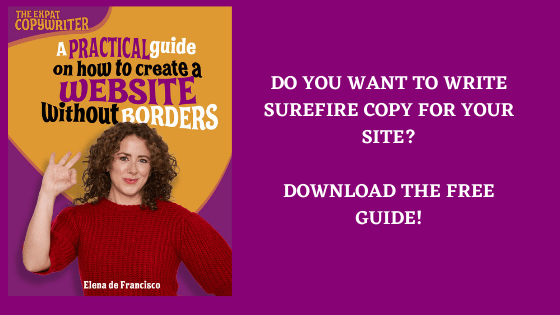
What’s the Big Idea in advertising?
The Big Idea in marketing and advertising, according to Wikipedia, is a term used to symbolise the basis of a great project.
In other words, it’s an attempt to communicate a brand, product or concept to the general public, creating a strong message that reaches out and resonates with consumers.
The term “Big Idea” appears in the works of marketing geniuses David Ogilvy and George Lois (the latter is the brains behind some of the best magazine covers in history and who saved the decadent MTV with his iconic logo in the 1980s).
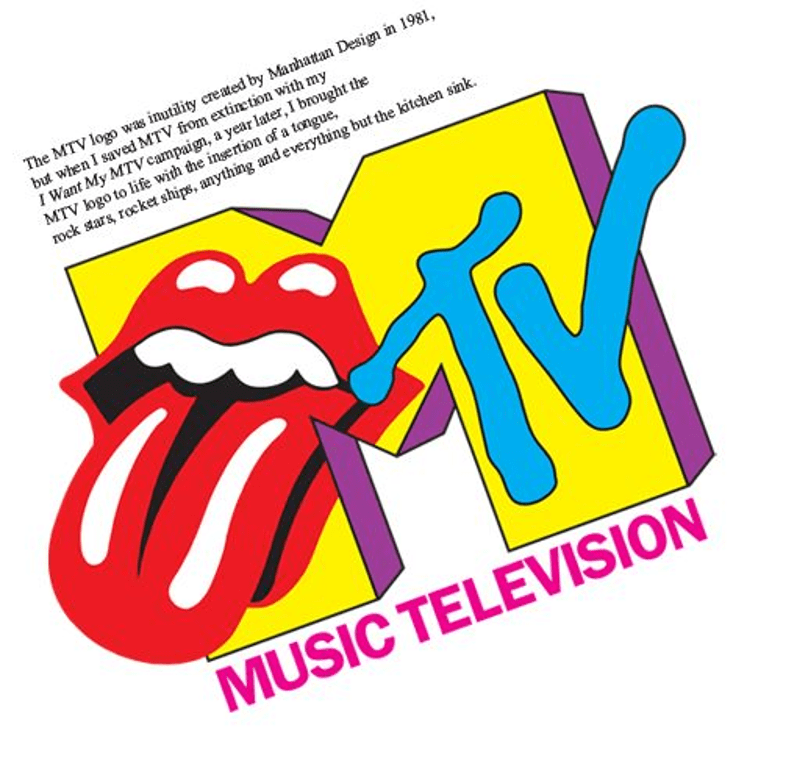
The Big Idea is the foundation of direct response copywriting as taught at the leading copywriting schools in the US.
But let’s expand on this definition so that we fully understand the concept.
The Big Idea is the foundation of our message, the powerful idea that will make the difference between our product and the competition’s because it’s the big reason our buyer persona needs to buy.
Direct response copywriting is nothing more than a series of very well-articulated arguments that leave the prospect with no reason not to buy from us.
But for a piece of copy to be persuasive, it has to be based on a single big idea and nothing else, and we’ll see why.
A Big Idea and Only One
“Simplicity is the greatest sophistication” Leonardo Da Vinci
At heart, human beings are not as complex as we think they are; we are much simpler than we may appear to be.
Some of us more than others 😊
That’s why the most successful pieces of copy are those based on a single Big Idea.
And why is that?
For two reasons:
– Because the message becomes more powerful
– Because the prospect clearly understands the main benefit
Also, if we are very clear about our Big Idea, the rest of the copy becomes easier to write.
The thing to remember is that the more points you add to your sales copy, the less effective each point is, and therefore the copy will be less effective.
An effective piece of copy will have only one central focus, even if it’s explained from 2 or 3 perspectives.
If your points are too varied, they will compete with each other and end up pulling the reader’s attention in different directions.
In other words, you’ll end up making them dizzy and they won’t know what you’re talking about.
But be careful not to confuse the Big Idea with the various benefits you should be including in your copy.
Each of these benefits is a ramification of the main benefit, which is the Big Idea, and is what you use to get the reader’s attention so that he or she will read on.
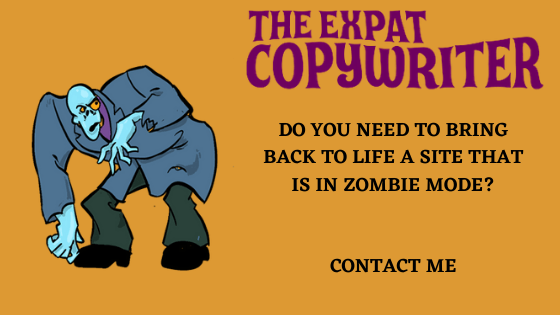
Finding the central idea is the hard part.
It has to be precise. To reach the Big Idea you need to know your target audience very well or you risk failing miserably.
The Big Idea has to follow the Rule of One:
– A major benefit
– Appeal to a single emotion
– Tell a story
– Nudge the reader to perform a single action
When we concentrate on these 4 elements, all derived from the Big Idea, our message becomes more compelling and we prevent the copy from becoming sloppy and losing our reader’s interest.
Let’s look at this example that follows the Rule of One.
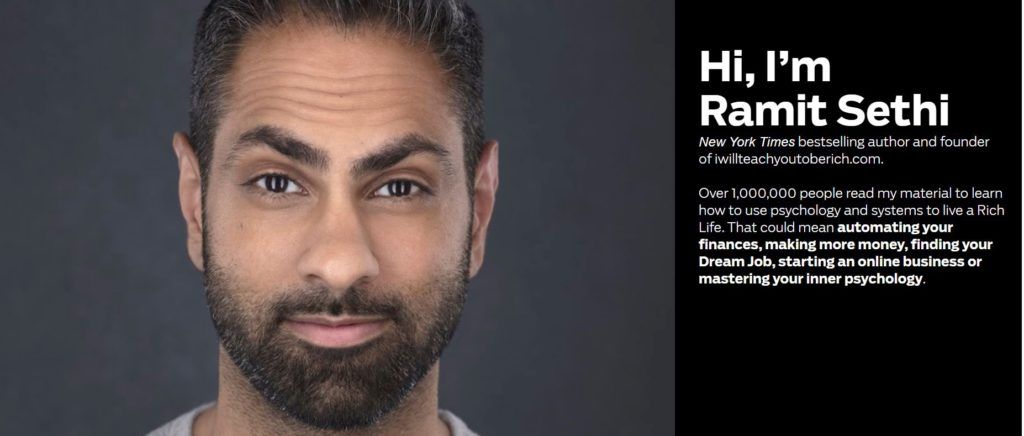
Ramit Sethi is very successful because all his marketing strategy follows the Rule of One. Check the website and read the copy and you will realise that everything works around a single Big Idea.
– A major benefit – Not having money problems anymore
– Appeal to a single emotion – Not worrying about money
– Tell a story – He had money problems but learnt how to live a rich life
– Nudge the reader to perform a single action – Sign up for the newsletter to receive free material on how to improve your finances
How to get to the Big Idea
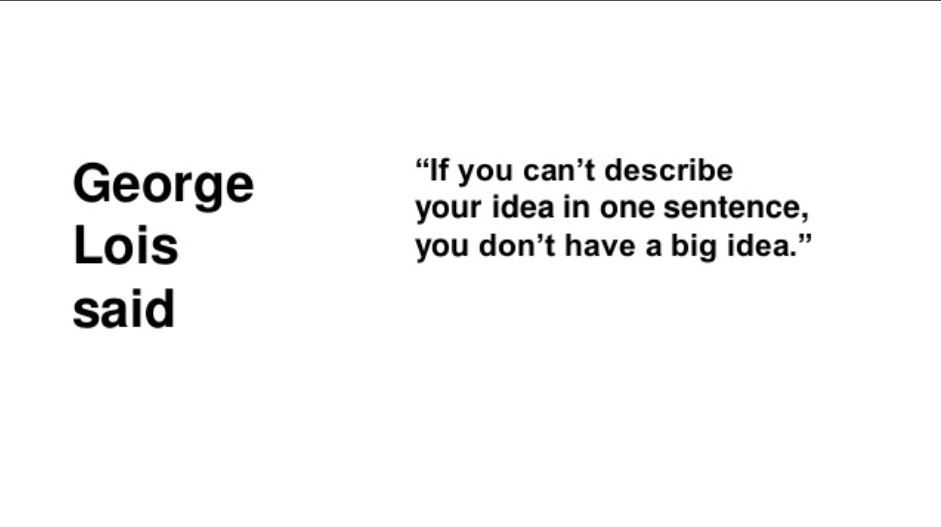
I like how Paul Hollingshead of the American Writers and Artists Association describes the elements of a successful piece of copy and how much each of them scores.
Let’s see them.
- The Big Idea – 30 points
This idea makes the copy stand out from the constant noise on the Internet and catches the reader’s attention.
- The headline – 25 points
The headline intriguingly captures the Big Idea, makes the reader want to know more, and gives clues to a promise or benefit.
- The lead – +25 points or – 25 points
The lead sets the tone of the text, establishes the relationship with the reader, develops the Big Idea, makes it a reality and offers a powerful benefit or promise.
- Everything else – +25 points or – 25 points
Everything else is this:
– Proof that you can deliver what you promised through the lead with testimonials, numbers, graphs, data, etc.
– Secondary benefits
– A strong and clear offer – what customers get and how they get it. Discounts, extras, etc.
– Satisfaction guarantee – or your money back
– Urgent call to action
Paul also assures through experience that a piece of copy (web copy, Facebook ad, email marketing, etc.) that totals 100 points is a masterpiece, one that totals 75 points is guaranteed success and one that gets 50 points may work or may not.
But those pieces of copy with less than 50 points will be a total failure.
So, all in all, if you can get to the Big Idea and express it well with a headline that intrigues the reader, you already have a lot of chances to succeed.
Then, if you can develop this idea in the lead and put the reader in the right mood, that is, if they are open to your offer and have no objections, you are guaranteed success even if the rest of the copy is not that good.
With this preliminary I just wanted you to realise how important it is to have a Big Idea, because, without it, I doubt very much that you can sell anything.
Now let’s see how we can get to it.
George Lois said:
“You can’t research a Big Idea. The only ideas that truly research well are mediocre ideas. In research, great ideas are always suspect.
I agree with George in part, because great ideas do sometimes seem to happen by accident.
But in the end, as we know, nothing happens by chance.
Just because a Big Idea comes to you while you are making dinner or walking the dog doesn’t mean it came out of nowhere.
It’s probably the result of intensive research you’ve done before.
And, most importantly, life experience.
Yes, you heard right, living life helps you find big ideas.
Reading books, watching films, talking to the person next to you on the bus, or the shopkeeper at the corner shop, with a customer, with your kid’s friend.
All these experiences teach us a lot about human behaviour and our purpose in life, why we do things and behave the way we do.
So if you want to be good at writing copy, or if you want to improve your persuasion powers because it’ll help you get ahead at work, keep your eyes and ears open and get out there.
Life will give you the ideas you need to reach people’s hearts.
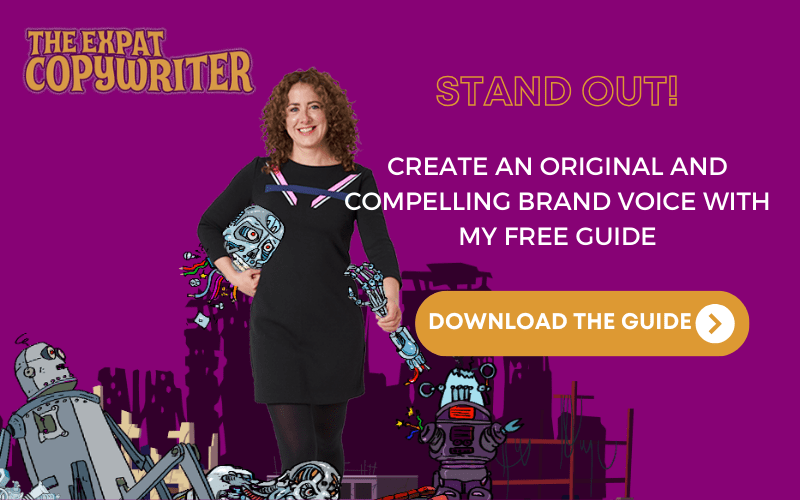
So what’s the Big Idea in the end?
The Big Idea is the idea that drives the sales copy and makes it stand out from all the junk on the Internet.
It’s a way of saying what everyone else is saying or has said many times before but in a new and more interesting way.
As simple (and complicated) as this.
The Big Idea has to be powerful, unique and compelling.
To come up with this Big Idea you have to study your product or service and what it means to people.
The benefits it provides and how it differs from the rest of the competition.
Study your competition, what they stand out for, what they are weak on, and write down all these details on a piece of paper.
Then compare them with the benefits and features of your own business and find out the differences, like in the games we played as kids.
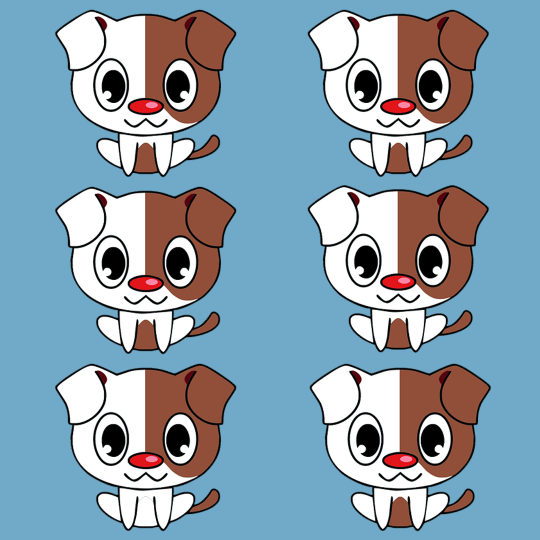
From this comparison, you can get a Big Idea. Find out how they make the product, where, with what kind of materials, etc.
If it’s a service, find out how their relationship with the clients is, how do they solve a certain problem, and find YOUR difference.
Sometimes this difference may seem insignificant as in the game we saw before, but you can make it important.
Talk to customers, read reviews and ratings, and send surveys.
Most of the time, the Big Idea isn't about the product itself – it's more about what's going on in the world or in the reader's mind. Share on XCollect all this data in your head and when you think it’s going to blow up go for a walk and forget about it.
Do something relaxing like drawing or sewing or go for a run.
Your brain keeps working without you noticing.
And at any moment you can get the Eureka!
How do you identify the Big Idea when you have several ideas?
If you have come up with several ideas and you’re not sure which of them is the Big Idea, consider all of them carefully and rate them.
Rate how new, unique, desirable, and powerful each one is, and decide which one gets the highest score.
It’s also a good idea to ask others, ask people you trust, customers, colleagues or friends.
The Big Idea has to be easy to grasp and easy to explain.
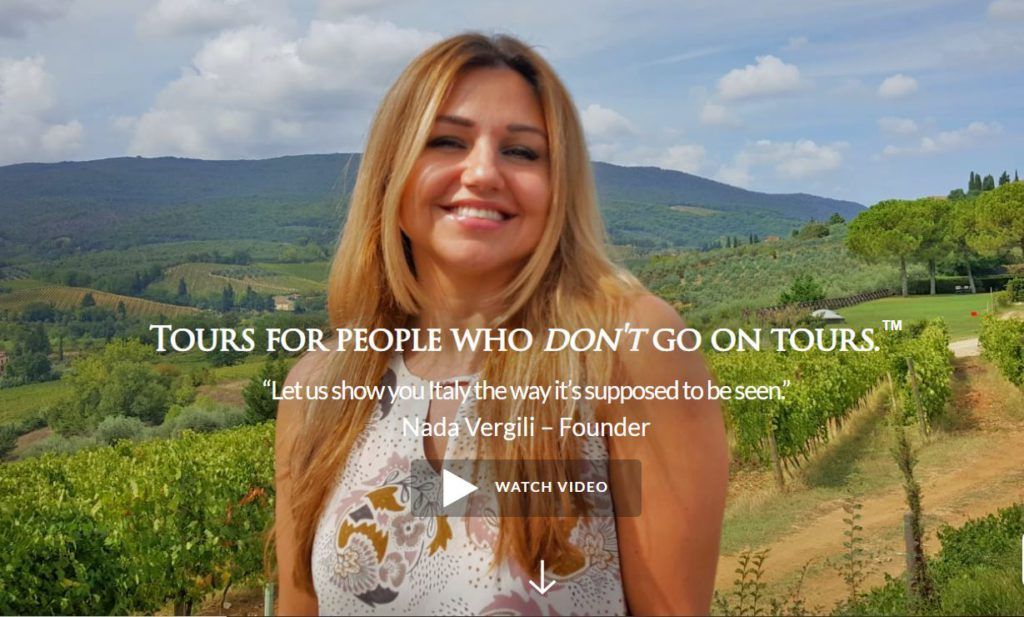
Conclusion
I hope this post has helped you understand what The Big Idea is and why it’s so important to have one, so your copy, and ultimately your marketing strategy, is persuasive and achieves its goal.
Remember that when you come up with a Big Idea you already have a lot done and all the rest of the copy will be much easier to write.
The most important thing is not to give up, ideas come when you leave room for reflection.
Getting away from the computer also helps to generate ideas.
Look, for instance, at the Silicon Valley gurus. They are creating schools for their children without access to digital devices or the Internet, so that they can learn as we did in past generations, with blackboards, pencils and notebooks.
Because living a digital life numbs our brains and keeps us from thinking clearly.
So remember, take advantage of the Internet but don’t let it take over your life.
See you around!
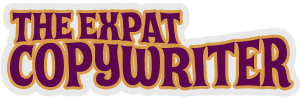
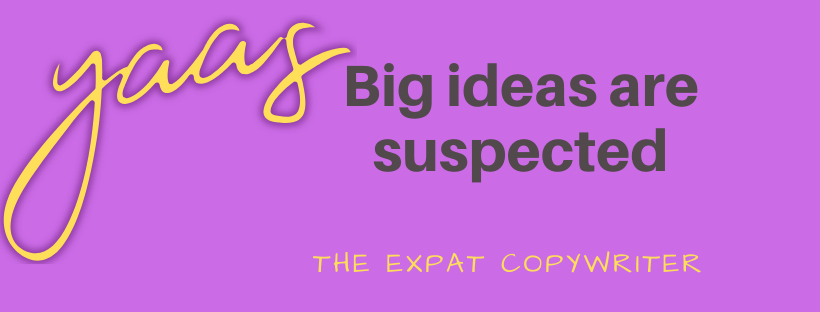
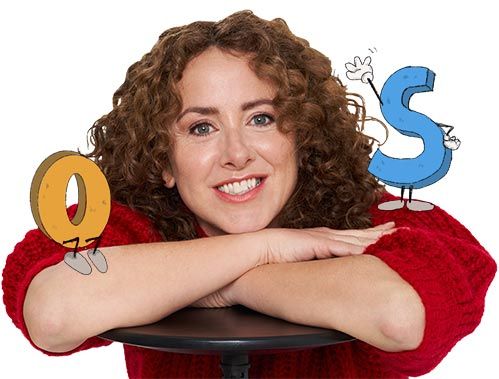
The Big Idea is a complicated topic, many professionals use it, but many others do not believe it so much. But keeping your big idea to the client, I believe it can be an excellent way for conversions. 😉
Hello Tiago,
Thanks for your comment.
Copywriting is more about generating ideas than about writing. The Big Idea doesn’t necessarily need to be “BIG”. Meaning that the idea can be just a simple concept but the way you deliver that idea is great.
If you manage to get your idea across your readers in a way that surprises them, you have a lot gained.
Thank you again for reading the blog post.
Elena
Actually I just learnt Copywriting some months ago..but I find it hard to come up with a big idea
Hello Celestial,
Thank you for your comment. Big Ideas don’t come out of the blue. Or not completely. They come after having done a thorough research on your buyer persona, your product and the market. They come from listening to what people really want and how they express it.
It’s a process and not always easy. Sometimes a good idea may come after reading a book or watching a film that has nothing to do with the product, but you connect ideas.
Very often is about connecting ideas more than creating new ones.
Practice will also make things easier.
Stay curious and ideas will come.
A big hug,
Elena
i have been searching for the big idea to my brand for over 6 months. I agree with everything you said. Research, studying the market, the consumer behaviour, etc…
I am writing this comment to tell you that the big idea has came to my mind while reading your blog post. I appreciate all your work.
I’m so happy to hear that, Anas! Comments like yours fuel my energy to keep sharing everything I know about copywriting.
Big hug